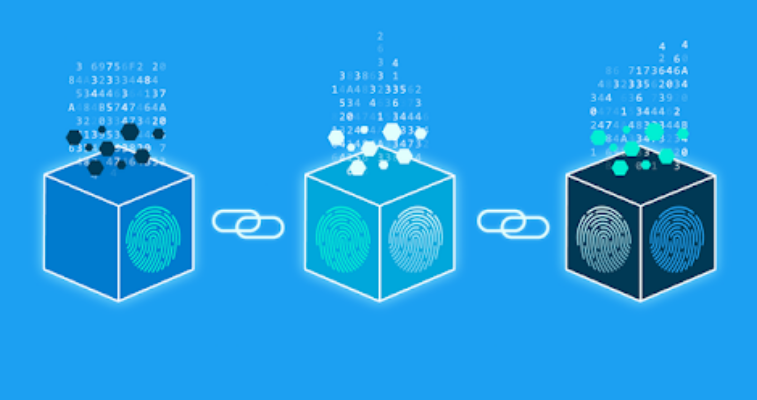There is a tremendous amount of speculation and hype surrounding blockchain and its potential impact on business. A lot of venture capital is funding startups from Boston to Silicon Valley (as well as abroad) hoping to capitalize on this technology that portends to disrupt business as usual. Despite all of the hype, finding someone that actually understands what blockchain is seems oddly difficult. You can spend a couple of hours watching YouTube videos on the subject and come away more confused than informed. This has led me to try to piece together a Blockchain 101. Fundamentals are important and this topic is amazingly complex.
Blockchain Origins
In 1991 Stuart Harber and Scott Stornetta published work in the Journal of Cryptography on how to time stamp a digital asset. That is widely considered the origin of the idea of blockchain - although that term was not used at the time. It wasn’t until October 2008 that blockchain, in its current incarnation, was introduced to the world. A person (or group of people) that identified themselves as Satoshi Nakamoto published a paper on a cryptography mailing list called "Bitcoin: A Peer-to-Peer Electronic Cash System". On January 9, 2009, Nakamoto released the first version of Bitcoin and with it created the world's first blockchain database. To this date, no one knows who Satoshi Nakamoto is.
Blockchain is not Bitcoin
Bitcoin requires blockchain to operate. However, blockchain doesn’t require Bitcoin - or any cryptocurrency for that matter. There seems to be much confusion around that.
Blockchain is a distributed ledger system that utilizes cryptography, a complex mathematical transaction verification system and a peer to peer network to ensure the integrity of the data in the ledger. It is a ledger without a central authority.
It can be utilized for currency but also for a host of other applications such as smart contracts - pretty much anything that utilizes a ledger.
How Blockchain Works - A - B - C
-
A “block” contains 3 data elements
-
Data related to a transaction of a blockchain enabled application such as Bitcoin or Ethereum (buyer, seller, amount, timestamp, etc)
-
A cryptographic hash (a digital fingerprint unique to the block)
-
The cryptographic hash of the previous block (to ensure proper transaction sequencing) - the “chain”
-
Each new block goes through a process called “Proof of Work” in order to be added to the blockchain. This is a process where the proposed new block is vetted for being added to the chain via a mathematical challenge that requires immense computing power to solve. People that allocate the computing power to solve these challenges are referred to as “miners”. The person / entity that successfully solves the challenge and subsequently elevates the new block to the blockchain is rewarded in some fashion (typically coins or transaction fees). This process is incredibly complex as the blockchain continues to grow the computing power required to solve these challenges grows. There is a competing approach to Proof of Work that is emerging called “Proof of Stake” which eliminates the computing power requirement and replaces it with a miner’s stake in solving the challenge - a stake meaning what they are willing to tie up currency for a period of time in order to solve the challenge.
-
Blockchain was designed to exist on a peer to peer network - meaning no central control or authority. So for example - with Bitcoin everyone that utilizes Bitcoin by downloading the application also gets a copy of the entire Bitcoin blockchain. That means everyone gets a copy of every Bitcoin transaction, since it’s beginning, and that blockchain is modified everytime a Proof of Work is successfully completed - on every peer system. This is an important component of the system - as it guarantees that the blockchain is decentralized. There are some negatives associated with this approach - performance and reliability being the most obvious. This approach does open up the possibility that if someone can gain control of 51% of the nodes on the network - they can control that blockchain.
As of 2018 the Bitcoin mining pools were extremely concentrated - which means a few groups of people control the vast majority of the currency - specifically in China.
Bitcoin Mining Pools by Country - 2018
Bitcoin Mining Pools by Organization - 2018
Blockchain Innovation
There is a lot of investment around utilizing blockchain in private industry. From smart contracts to global banking, etc. However, these innovations are largely private blockchain systems - with a central authority - which essentially is the opposite of what blockchain started out as. Perhaps these innovations will be quite successful and useful, however, they will not be peer to peer solutions - and thus it can be argued that they aren’t blockchain at all - just distributed networks and applications that borrow from blockchain’s cryptography roots.

